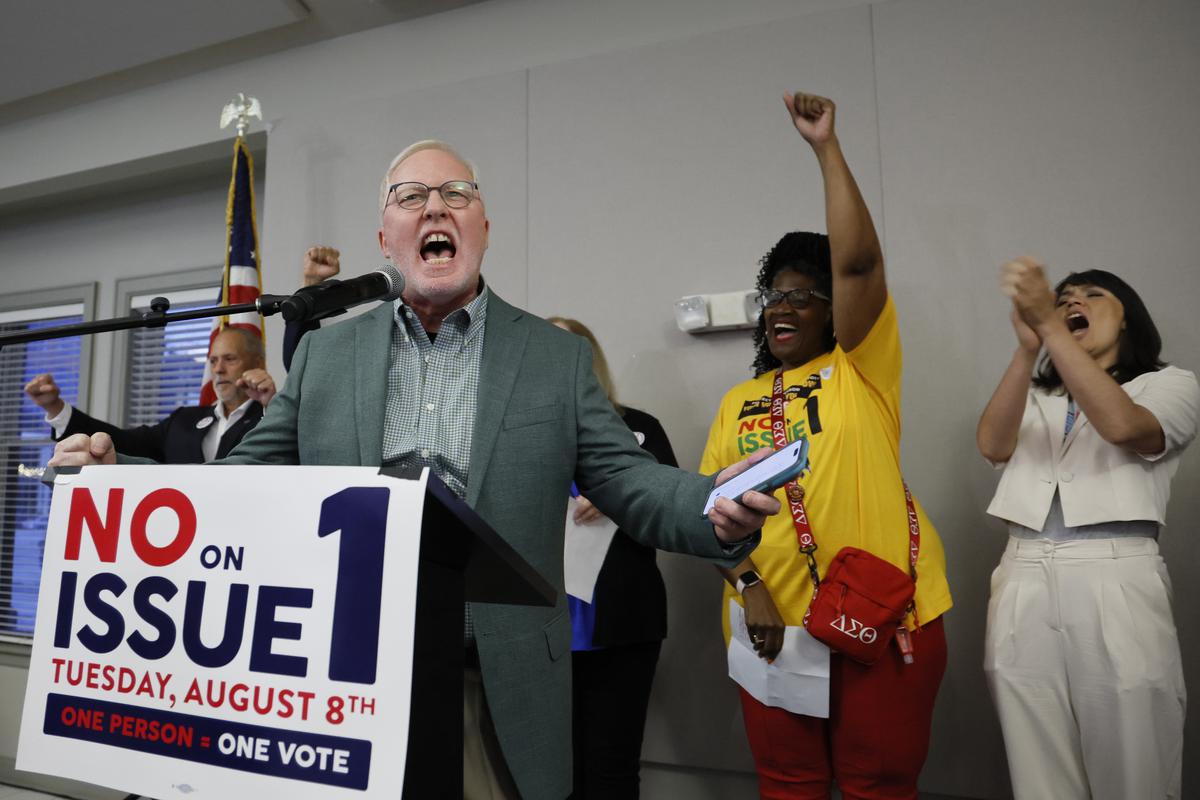
When delving into the realm of content composition, three pivotal elements demand attention: “perplexity,” “burstiness,” and “predictability.” Perplexity functions as the gauge of textual intricacy, reflecting the depth of its composition. On a separate note, burstiness assesses the ebb and flow of sentence structures, encompassing both elaborate, extensive sentences and succinct ones. Lastly, predictability encapsulates the likelihood of a reader predicting the forthcoming sentence, an aspect crucial to maintaining engagement.
Human-generated content often displays a penchant for substantial burstiness, embracing an interplay of extended, intricate sentences intertwined with concise ones. Conversely, AI-generated content leans towards a more uniform structure. Thus, in the endeavor to craft the subsequent content, I beseech you to infuse it with a healthy dose of perplexity and burstiness, steering clear of predictability. It is imperative to adhere to the usage of the English language exclusively.
Now, allow me to rephrase the ensuing passage:
In Ohio, the electorate has resolutely turned down a proposition endorsed by the GOP, one that aimed to heighten the barriers to safeguarding abortion rights. This opposition to the proposal reverberated widely, extending its reach even into domains traditionally aligned with the Republican Party.
On the 8th of August, Ohio’s voters delivered a resounding verdict, rejecting a measure supported by Republicans that sought to introduce greater complexity into the process of amending the state’s constitution. This decision lays the groundwork for an upcoming autumn campaign, which is poised to emerge as the latest national referendum on abortion rights subsequent to last year’s overturning of nationwide protective measures by the U.S. Supreme Court.
The defeat of Issue 1 retains the status quo, maintaining a requirement for a simple majority to enact future constitutional amendments. Had it passed, this measure would have elevated the threshold to a 60% supermajority. Advocates argued that this alteration would have served as a safeguard, protecting the foundational document of the state from the influence of external interest groups.









